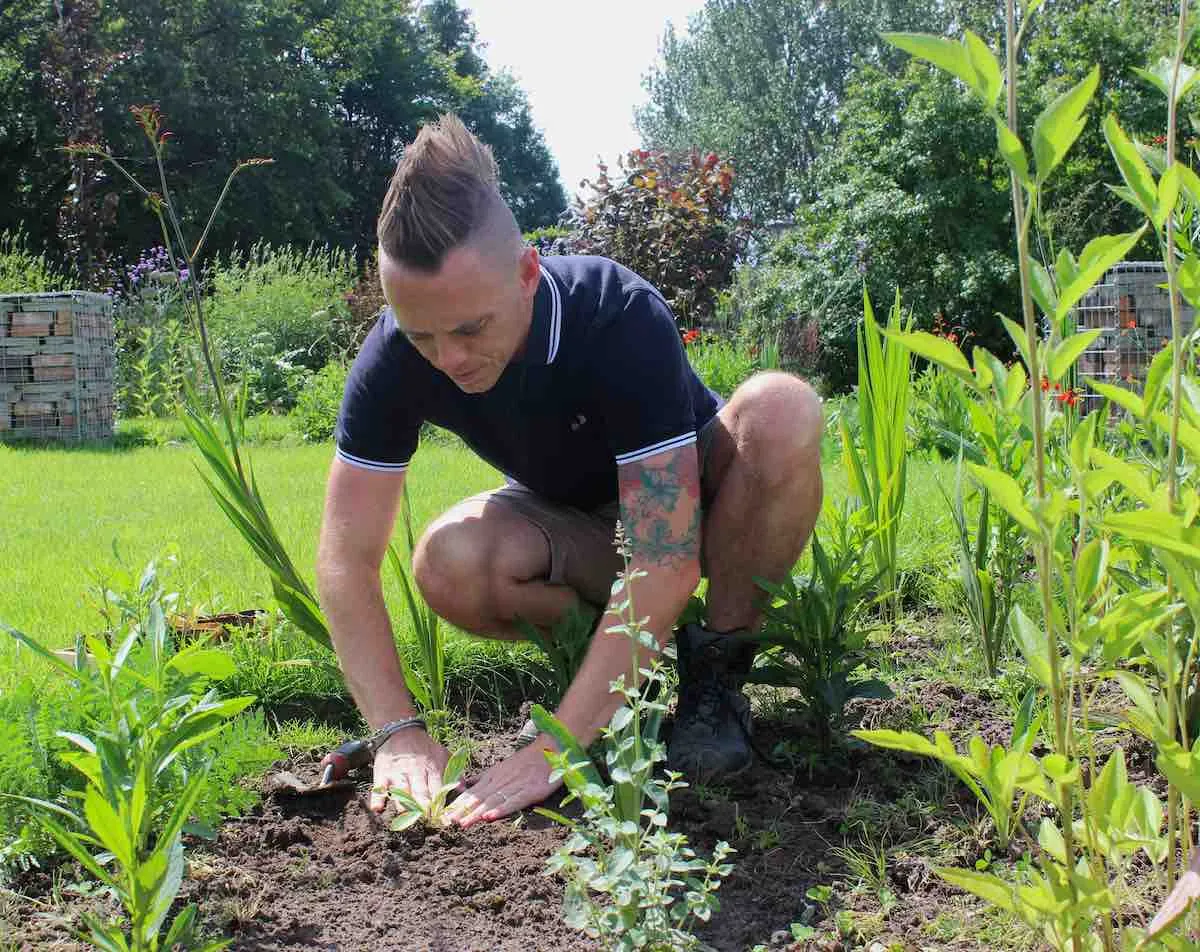HI @bwreese88
Thanks for your question on how to create a meadow. If you haven't already had a look at my guides on meadow making and how to care for them then check out my guides below.
https://youtu.be/YDBXSsKXMGg
You're right to query whether you can grow a meadow on heavy clay soil. The answer is yes, you can! With the right selection of wet meadow plants.
In fact, a number of natural meadows often flood or end up water-logged, so they are ideal for difficult wet gardens.
The best mix for a wet meadow in terms of seeds are:
- Meadow Buttercup (Ranunculus acris)
- Purple Loosestrife (Lythrum salicaria)
- Marsh Marigold (Caltha palustris)
- Yellow Flag Iris (Iris pseudacorus)
- Meadowsweet (Filipendula ulmaria)
- Selfheal (Prunella vulgaris)
- Ragged Robin (Lychnis flos-cuculi)
- Greater Bird's-Foot-Trefoil (Lotus uliginosus)
- Water Avens (Geum rivale)
- Devils bit Scabious (Succisa pratensis)
- Hemp Agrimony (Eupatorium cannabinum)
- Marsh Bedstraw (Galium palustre)
- Common knapweed (Centaurea nigra)
- Sneezewort (Achillea ptarmica)
- Marsh thistle (Cirsium palustre)
- Jointed Rush (Juncus articulatus)
- Purple Moor Grass (Molinia caerulea)
- Yellow Rattle (Rhinanthus minor)
- Water Dock (Rumex hydrolapathum)
- Greater Spearwort (Ranunculus lingua)
You can buy these mixes from specialist meadow suppliers, like this one here.
The better the tilth or finest, the easier it is for seeds to germinate. However, one thing to bear in mind is the time of year to sow seeds for meadows. While many people think spring is the time to do this, September and October are actually better times. This is because a lot of the seeds need stratification to germinate (where temperatures need to plummet before they get triggered to germinate and grow).
Adding bird scarers is also worthwhile once the seed is down to stop them from pecking at it.
Put in as much effort as you can and you will be rewarded. With all meadows using a mix of perennials and annuals, they take a few years to really get going—perennials from seed usually only flower in year two onwards.
Follow my meadow-cutting guide here to keep the meadow at its best!
https://youtu.be/FvxJ5bbLWQY
Good luck!
Lee
HI @bwreese88
Thanks for your question on how to create a meadow. If you haven't already had a look at my guides on meadow making and how to care for them then check out my guides below.
You're right to query whether you can grow a meadow on heavy clay soil. The answer is yes, you can! With the right selection of wet meadow plants.
In fact, a number of natural meadows often flood or end up water-logged, so they are ideal for difficult wet gardens.
The best mix for a wet meadow in terms of seeds are:
- Meadow Buttercup (Ranunculus acris)
- Purple Loosestrife (Lythrum salicaria)
- Marsh Marigold (Caltha palustris)
- Yellow Flag Iris (Iris pseudacorus)
- Meadowsweet (Filipendula ulmaria)
- Selfheal (Prunella vulgaris)
- Ragged Robin (Lychnis flos-cuculi)
- Greater Bird's-Foot-Trefoil (Lotus uliginosus)
- Water Avens (Geum rivale)
- Devils bit Scabious (Succisa pratensis)
- Hemp Agrimony (Eupatorium cannabinum)
- Marsh Bedstraw (Galium palustre)
- Common knapweed (Centaurea nigra)
- Sneezewort (Achillea ptarmica)
- Marsh thistle (Cirsium palustre)
- Jointed Rush (Juncus articulatus)
- Purple Moor Grass (Molinia caerulea)
- Yellow Rattle (Rhinanthus minor)
- Water Dock (Rumex hydrolapathum)
- Greater Spearwort (Ranunculus lingua)
You can buy these mixes from specialist meadow suppliers, like this one here.
The better the tilth or finest, the easier it is for seeds to germinate. However, one thing to bear in mind is the time of year to sow seeds for meadows. While many people think spring is the time to do this, September and October are actually better times. This is because a lot of the seeds need stratification to germinate (where temperatures need to plummet before they get triggered to germinate and grow).
Adding bird scarers is also worthwhile once the seed is down to stop them from pecking at it.
Put in as much effort as you can and you will be rewarded. With all meadows using a mix of perennials and annuals, they take a few years to really get going—perennials from seed usually only flower in year two onwards.
Follow my meadow-cutting guide here to keep the meadow at its best!
Good luck!
Lee
 Lee Burkhill: Award Winning Designer & BBC 1's Garden Rescue Presenters Official Blog
Lee Burkhill: Award Winning Designer & BBC 1's Garden Rescue Presenters Official Blog



